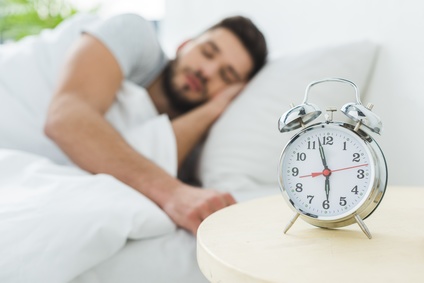
Bipolar, Your Body Clock and Better Sleep
Are you an night owl or the morning lark? Here’s what you need to know about chronotypes, circadian rhythms, and getting your sleep in sync.
This is a great read from Donna Jackel and BPHope Magazine.
Cass has always been in love with sleep.
“I can easily snooze until 11 a.m. or noon,” says Cass, 28, of Virginia. “I’m always ready for a nap.”
Unfortunately, waking up for school or work has always been a “huge task,” she says. A proverbial night owl, Cass is most alert in the late afternoon and early evening. When left to her own devices, she tends to fall asleep around 2 a.m.
So how does she meet the demands of the real world? With difficulty.
“I have held 9-to-5 jobs and I would be beyond exhausted in the mornings,” says Cass, whose bipolar I was diagnosed at age 19. “I would often take five-hour energy drinks to stay awake, but they made me jittery and my anxiety beyond agitated.”
With a new job as an administrative assistant, Cass has a plan to adapt to business hours. Step 1: Getting to bed no later than 10 p.m. every night—without her cell phone or tablet.
“I used to think [they] helped me fall asleep, but now I know the light can keep you more stimulated,” she says.
When she has trouble falling asleep, Cass listens to a guided meditation or plays calming music.
As for getting to work on time, her partner has promised to wake her every morning.
“It’s feet off the bed, getting up and moving around,” Cass says. “I definitely need a cup of coffee, but I now avoid energy drinks.”
Read the entire article at: bpHope for Bipolar

